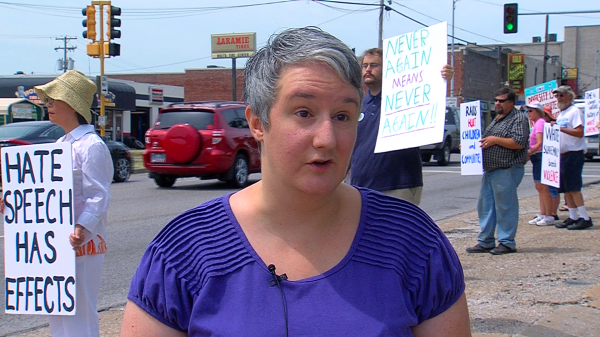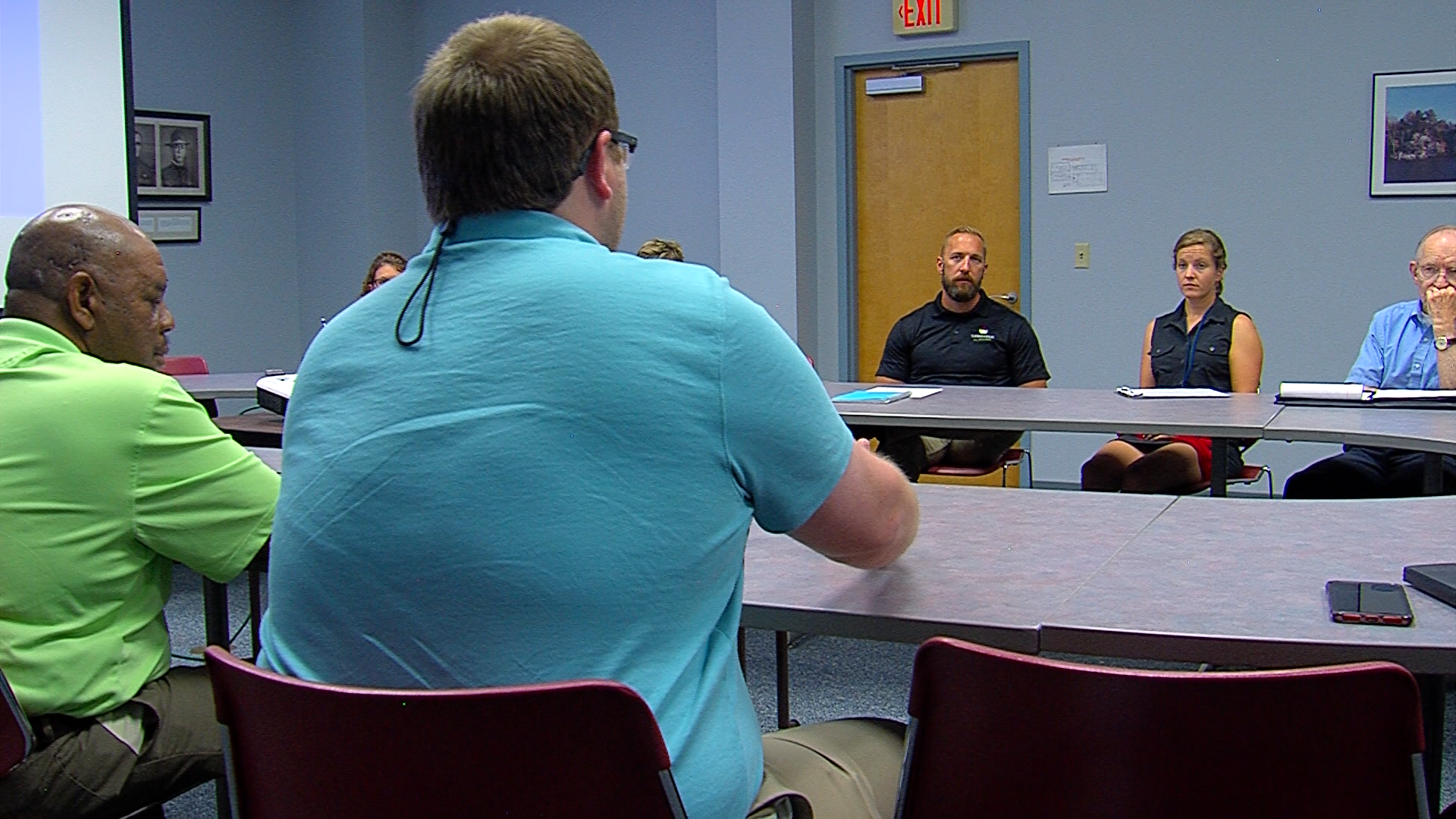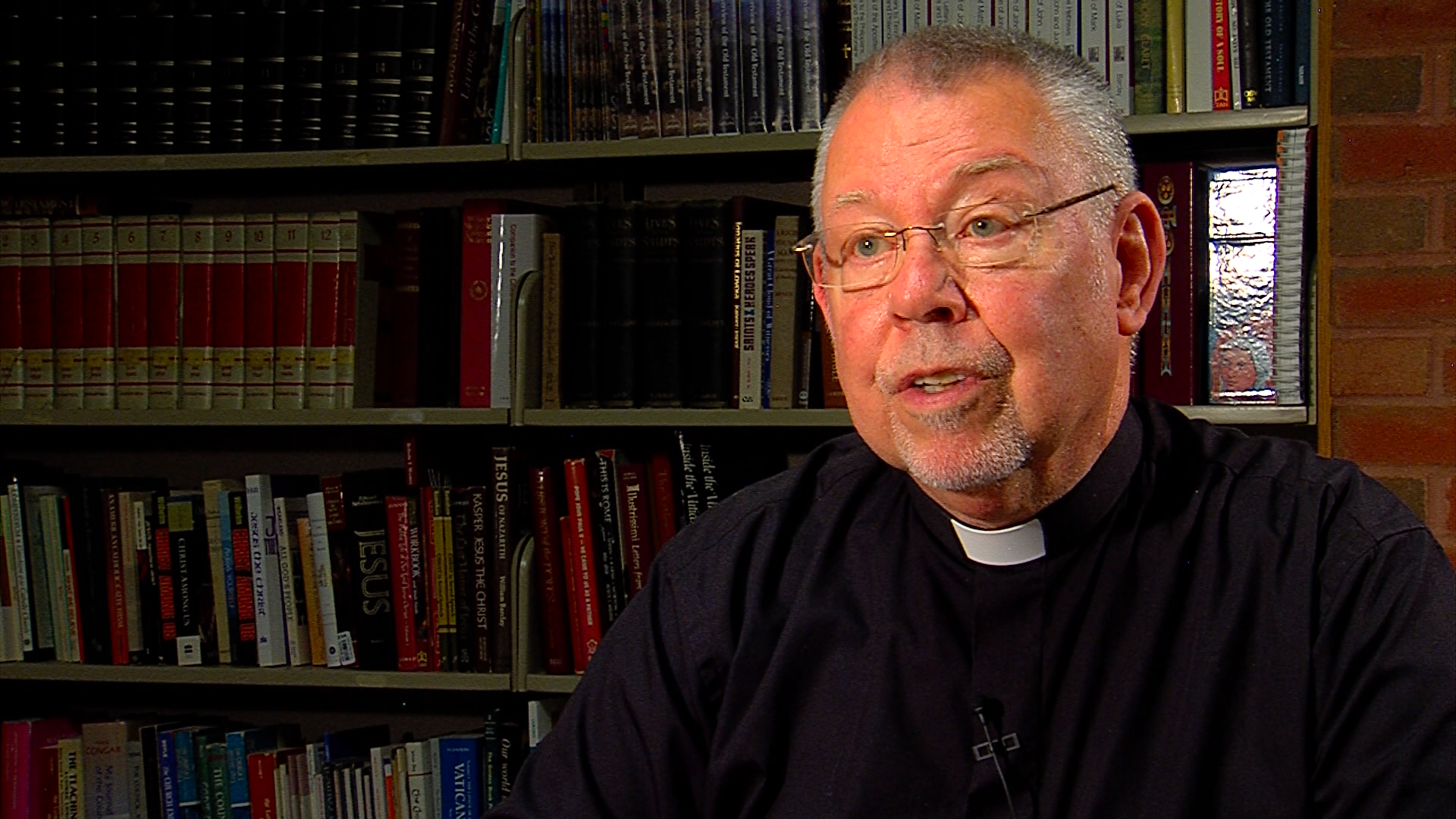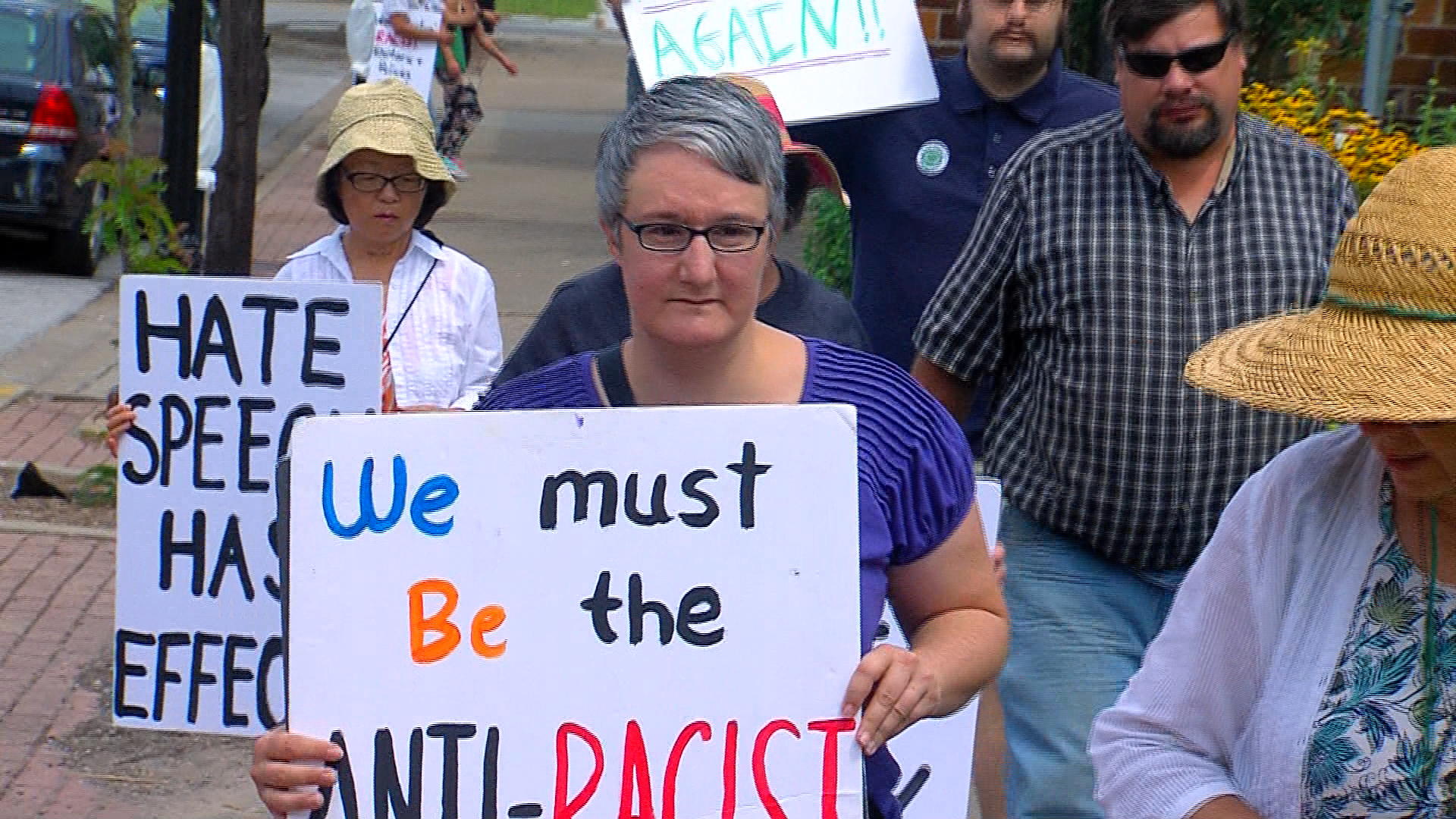Illinois Issues: Carbondale’s 2020 Census Creates Concern

Becca Tally is chairwoman of the Southern Illinois Immigrant Rights Project. Benjy Jeffords/WSIU
In Carbondale, a community of over 26,000, groups are working to spread the word about the 2020 Census to make sure everyone is counted. That is especially true in underserved and often undercounted communities, such as the immigrants who flock to the area for work in peach and apple orchards.
The purpose of these groups and similar ones across the county is to see an accurate count -- their towns and people depend on it. Perhaps billions in federal funds are at stake.
"The the census really determines how the funding is distributed through communities whether it's social services, transportation, a number of things are determined by your population,’’ said Census Complete Count Committee chair Chris Wallace, who is also the development services director for the city.
Wallace meets with the group once a month to discuss ways to reach those who are considered historically undercounted, such as the immigration community, which makes up about 10 percent of Carbondale's population. These are groups of people who don't mail back their census form, which leads to census workers going door to door.

A committee works monthly to help get an accurate census count in Carbondale.
They include minorities, retirees or snowbirds, the homeless, people who live in large apartment complexes and those born in outside the United States. College students are also notorious for failing to participate and the town needs to make sure they do. Southern Illinois University's Carbondale campus has seen enrollment cut nearly in half from the peak nearly 30 years ago.
The Rev. Bob Flannery’s St. Francis Xavier Catholic Church has a congregation with a large Hispanic population, and offers a Mass in Spanish. He serves on the committee, too.
Flannery said he knew a controversy brewing over whether the Trump administration would add a citizenship question could prevent some residents from participating. He addressed this before the group’s first meeting.

The Rev. Bob Flannery is on the Census committee in Carbondale.
"I knew that some people would be cautious about responding. In a household, there might be one person that perhaps is undocumented. If that happens, none of the family is going to want to be counted or be part of the census because they're fearful for their own safety or the safety of their loved ones," he said. Ultimately, the Supreme Court decided the citizenship question will not be on the census.
"Anything that would, in any way shape or form, prevent somebody from considering being counted doing the census is against what the Constitution is saying we need to do," he said.
Maria Taylor, who was born in Ecuador, first came to the United States as an exchange student, and now she's a U.S. citizen. She volunteers with the Southern Illinois Immigrant Rights Project on its education committee to help immigrants through the process of gaining residency and citizenship.
At a reporter’s request, she reached out to members of the immigrant community. She asked several people, now citizens, if they would comment for this story. They all declined. “They have previous generations that are not safe yet," she said.
The fear of not being safe had an impact on the number of households that mailed in the self-response questionnaire in the previous census. Jackson County, where Carbondale is located, had a self-response of 76% and neighboring Union County had an 84% self-response.
"They tell me that in the previous census, their parents and their grandparents had received the census and they partially filled it out and then they said, why are we filling this out it's not going to apply to us," Taylor said.
As the 2020 census approaches, the focus is shifting to educate the historically undercounted on the importance of the census and what happens when they don't respond.
"I think our job is going to be to make them aware that if they don't fill it out and send it in, somebody's going to come knocking on the door,” Taylor said. “Would they be more comfortable with the knock on the door or just send the paper out?’’
She said several people told her they are more at peace now that the immigration question is not there. "So, they will probably fill it out," she added.
But there are other issues, such as way the president has negatively painted the immigrant community, which might discourage people without documentation said Becca Tally, chairwoman of the Southern Illinois Immigrant Rights Project. Tally says this is not isolated to the undercounted populations.

An immigrant rights group rallies against white supremacy earlier this month.
"I think in general there might be some hesitation about how information might be used given some of the administration's policies, and so that's why we really do want to make sure people understand the strong safeguards on information that is given to the census," she said.
That is the reason Sally, who asked us use only a pseudonym, has never filled out the census. She works at a resale shop in Union County and has a lot of apprehension about filling out the form. "Because when it asked that, it's asking for the names and all kinds of different questions about them and it's not their business. I don't know where that information goes, right."
Taylor, the Ecuadoran immigrant who became a U.S. citizen, said lingering questions about where the information goes are a huge hurdle and a goal is to ease minds of those skeptical about the census. "They're not disbursing this to anyone else, I think that's the big part of the misconception, that the information gets spread out but it doesn't. All they want is the statistics."

Those statistics determine distribution of federal aid in the hundreds of billions of dollars, Tally said. "That includes money for health programs, school lunches, programs for disabled, veterans, you know schools and roads and investment in that.’’
In areas like Carbondale, where economic development is an uphill battle, getting the count right is even more vital.

